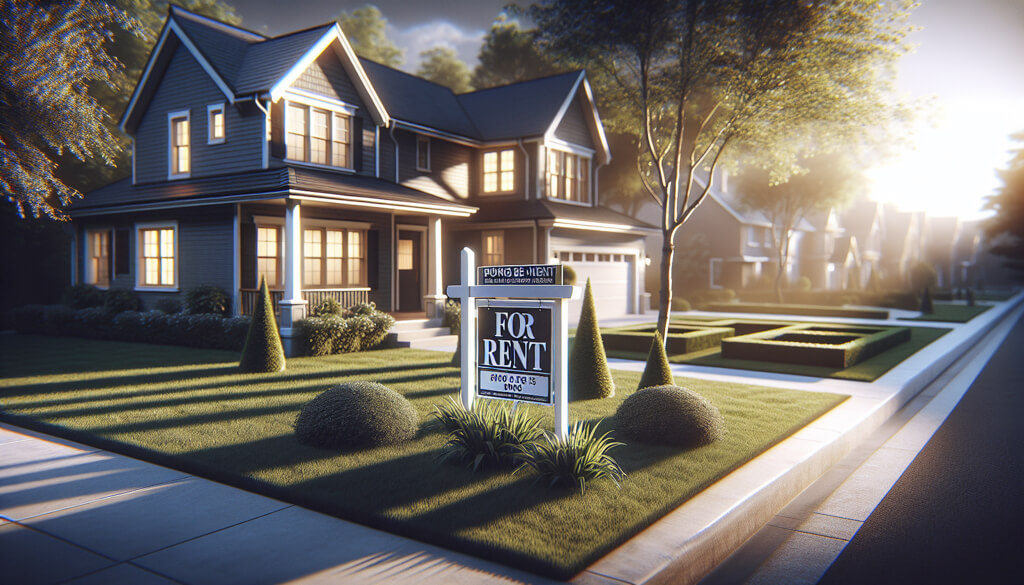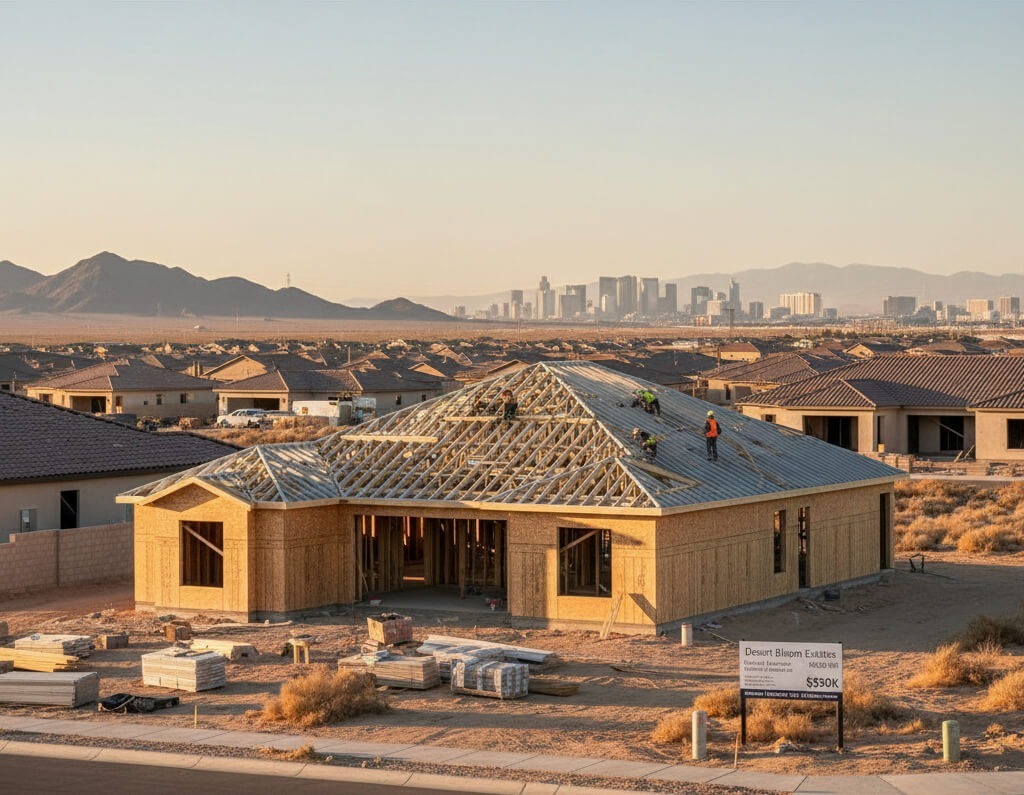
[Image generated with Dall-E]
My real estate investment goal is financial freedom. I want to get off—and stay off—the daily worker treadmill. However, this requires far more than just replacing my current income. I need rental income that outpaces inflation, ensuring I’ll always have enough to pay inflated prices and maintain my current standard of living throughout my lifetime.
I have additional requirements.
- I don’t want to trade one job for another, such as managing a short-term rental. My goal is to be hands-off, allowing me to travel and pursue my interests freely.
- I will need multiple properties to replace my current income, and I do not have millions of dollars to buy investment properties.
- I need my income to continue uninterrupted, even during economic turmoils.
So why did I choose long-term rentals?
Build My Retirement Portfolio With the Least Capital
There are two methods of acquiring multiple properties. The first is to purchase all the properties I need from my savings.
For example, suppose each property costs $200,000, my only acquisition cost is the 25% down payment, and I need 30 properties to replace your current income. How much cash will you need from your savings?
- 30 x $200,000 x 25% = $1,500,000
I’m in the 40% tax bracket, so I must earn $2,500,000 in pre-tax income to have $1,500,000 in post-tax income. This is out of my reach, so I need a more cost-effective way to acquire multiple properties.
What if I buy in a city where properties appreciate at 10% per year, my first property costs $400,000, and my only expense is the 25% down payment?
Cost of the first property: $400,000 × 25% = $100,000
If my $300,000 mortgage (75% × $400,000) remains the same and I can utilize a cash-out refinance, how long will I need to let the property appreciate to yield enough for the down payment on my next property? I’ll assume that all properties appreciate 10% per year.
- Year 1: $400,000 x (1 + 10%)^1 x 75% – $300,000 ≈ $30,000
- Year 2: $400,000 x (1 + 10%)^2 x 75% – $300,000 ≈ $63,000
- Year 3: $400,000 x (1 + 10%)^3 x 75% – $300,000 ≈ $99,300
- Year 4: $400,000 x (1 + 10%)^4 x 75% – $300,000 ≈ $139,230
- Year 5: $400,000 x (1 + 10%)^5 x 75% – $300,000 ≈ $183,153
Assuming the down payment on the next property will be $161,051 ($400,000 × (1 + 10%)^5 × 25% ≈ $161,051), a cash-out refinance after 4 or 5 years will provide enough for the down payment on my next property. At this point, I’ll have two properties appreciating at 10% per year. As I acquire more properties, the time needed to acquire each subsequent property decreases.
Here is a real-life example.
In 2016, my partner and I bought a 3-bedroom, 2-bathroom, one-story townhome. We paid the asking price of $180k, which was then the fair market value. The initial cash flow was ~$50/Mo, something our clients would not consider then. However, we believed in the potential of the Las Vegas market, so we did not mind the minimal initial cash flow.
Four years later, the property was cash flowing more than $400/Mo., and its value increased to $280k. We refinanced the townhome, took $60k out, and used the cash to put down on another townhome for $265k. Again, we paid the market value for the second townhome, and its initial cash flow was ~$50/Mo.
Today, the first townhome is worth $390k, and the second is worth $350k. The total cash we invested in these two properties was $45k for 25% down on the first townhome, $10k for renovating the first townhome, and $15k for renovating the second townhome, which equals $70k. The combined cash flow for these two properties is $1000/Mo. The combined equity is over $370k, which is great for a $70k investment.
By buying into a rapidly appreciating city and holding onto the properties long-term, I can acquire multiple properties with greatly reduced capital.
Income Reliability
Due to their extended lease periods, long-term rentals should, in theory, provide stable income. However, this stability hinges on the tenant’s consistent performance.
Because of the need for consistent performance, I only purchase properties that attract a tenant segment with a high proportion of reliable individuals. I also work with a property manager who can consistently select reliable tenants. Reliable tenants stay many years, pay rent on schedule, and take good care of the property. Identifying a tenant segment with a high percentage of reliable people is straightforward. Let me know if you want me to explain how to do this.
How reliable has our client’s income been?
- Our average tenant stays over five years.
- We’ve had seven evictions in the last 16+ years (over 1,000 tenants).
- 2008 crash – Zero decline in rent and zero vacancies.
- COVID – Almost no impact
- Eviction moratorium – Almost no impact
Our success stems from targeting a tenant segment with a high proportion of reliable individuals and partnering with a property manager who consistently selects dependable tenants.
Conclusion
I opt for long-term rentals in rapidly appreciating markets that attract reliable tenants. This strategy allows me to build my retirement portfolio with minimal capital while ensuring steady income—even during economic downturns.






